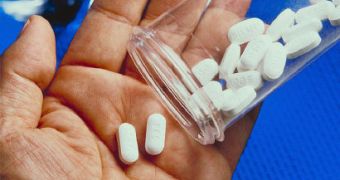Microsoft has recently developed an entirely new technology supposed to help patients complete tuberculosis treatment programs easier than any time before.
This new system comprises a total of three different devices, as it follows: a fingerprint reader, a laptop and a GSM modem.
The fingerprint reader is needed to scan the finger of each patient once he goes to the clinic to receive his treatment. The scanned information is automatically stored on the laptop and then submitted through the GSM modem to a central office, Vaccine News Daily writes.
It appears that some tuberculosis patients stop coming back to the clinic after they start the treatment, mostly because they “find it difficult to leave their jobs,” the aforementioned source adds.
“If patients start to feel better — which happens a few weeks after starting the medication — and they’re told they need to take a trip to the center at least once per week for the next six months, there’s an education barrier there. They say, ‘Why is it important for me to continue taking medication if I don’t have any symptoms?’” Bill Thies, the system’s lead researcher, said.
The tuberculosis treatment usually involves up to 40 clinic visits over a six-month period, so patients need to be convinced and even closely monitored to make sure they complete the treatment.
That’s why Microsoft’s new biometric system is playing such a key role. Without such a technology, medical staff would have to keep handwritten records to make sure all patients come to the clinic to receive their treatment.
“A key benefit is that the patient can never fake having come to the clinic because they actually have to come and provide their fingerprint so the organization knows they were there,” Thies added.
“And if someone misses a dose, their supervisor gets an SMS that says, ‘Today, these patients have missed their doses. You need to follow up in their homes.’”

 14 DAY TRIAL //
14 DAY TRIAL //